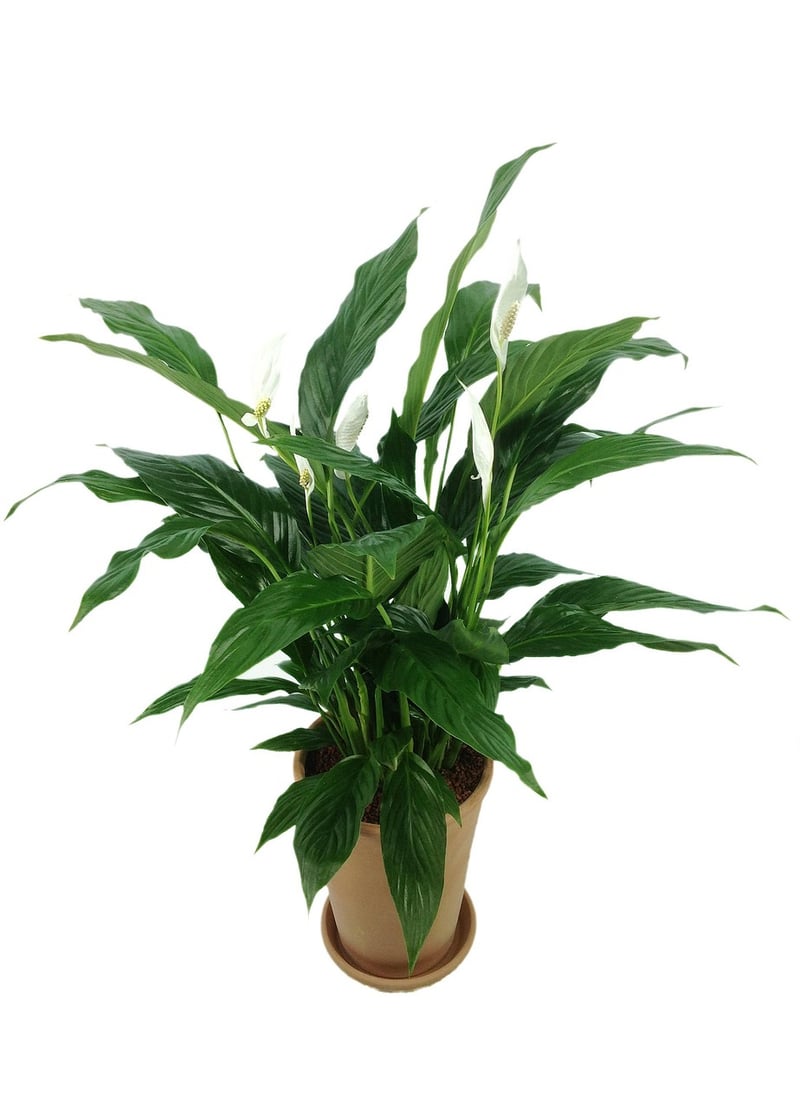Air-Purifying Plants
The Future of Architecture: Integrating Plants into Design
As the world becomes more conscious of environmental sustainability, the integration of plants into architecture has gained significant traction. Incorporating greenery into building design not only enhances the aesthetic appeal but also provides numerous environmental and health benefits.
Benefits of Integrating Plants into Architecture:
- Improved Air Quality: Plants act as natural air purifiers, absorbing harmful toxins and releasing oxygen, creating a healthier indoor environment.
- Biophilic Design: Connecting people with nature through architecture promotes well-being, reduces stress, and enhances productivity.
- Temperature Regulation: Greenery helps regulate indoor temperatures, reducing the need for excessive heating or cooling.
- Noise Reduction: Plants can absorb sound, minimizing noise pollution within buildings.
- Enhanced Aesthetics: Green walls, rooftop gardens, and indoor planters add beauty and tranquility to architectural spaces.
Air-Purifying Plants for Indoor Spaces:
Not all plants are created equal when it comes to air purification. Some species are particularly effective at removing toxins from the air, making them ideal choices for indoor environments. Here are a few air-purifying plants to consider:
- Snake Plant (Sansevieria trifasciata): Known for its ability to thrive in low light, the snake plant is excellent at removing formaldehyde and benzene from the air.
- Spider Plant (Chlorophytum comosum): This resilient plant combats carbon monoxide and other toxins, making it a popular choice for homes and offices.
- Peace Lily (Spathiphyllum): With beautiful white flowers, peace lilies help eliminate mold spores and purify the air of trichloroethylene.
- Aloe Vera: In addition to its healing properties, aloe vera is effective at removing formaldehyde and benzene from indoor air.
Integrating these air-purifying plants into your living or workspaces not only enhances the decor but also contributes to a healthier indoor environment.

Green walls, like the one shown above, are a popular architectural feature that combines aesthetics with environmental benefits. They provide insulation, reduce energy costs, and improve air quality.
Embracing the integration of plants into architecture is a step towards sustainable and eco-friendly buildings that prioritize human health and well-being.
